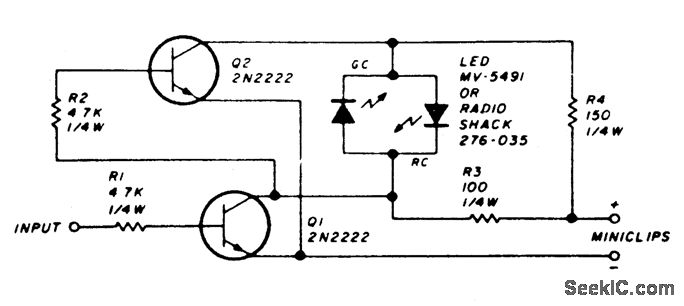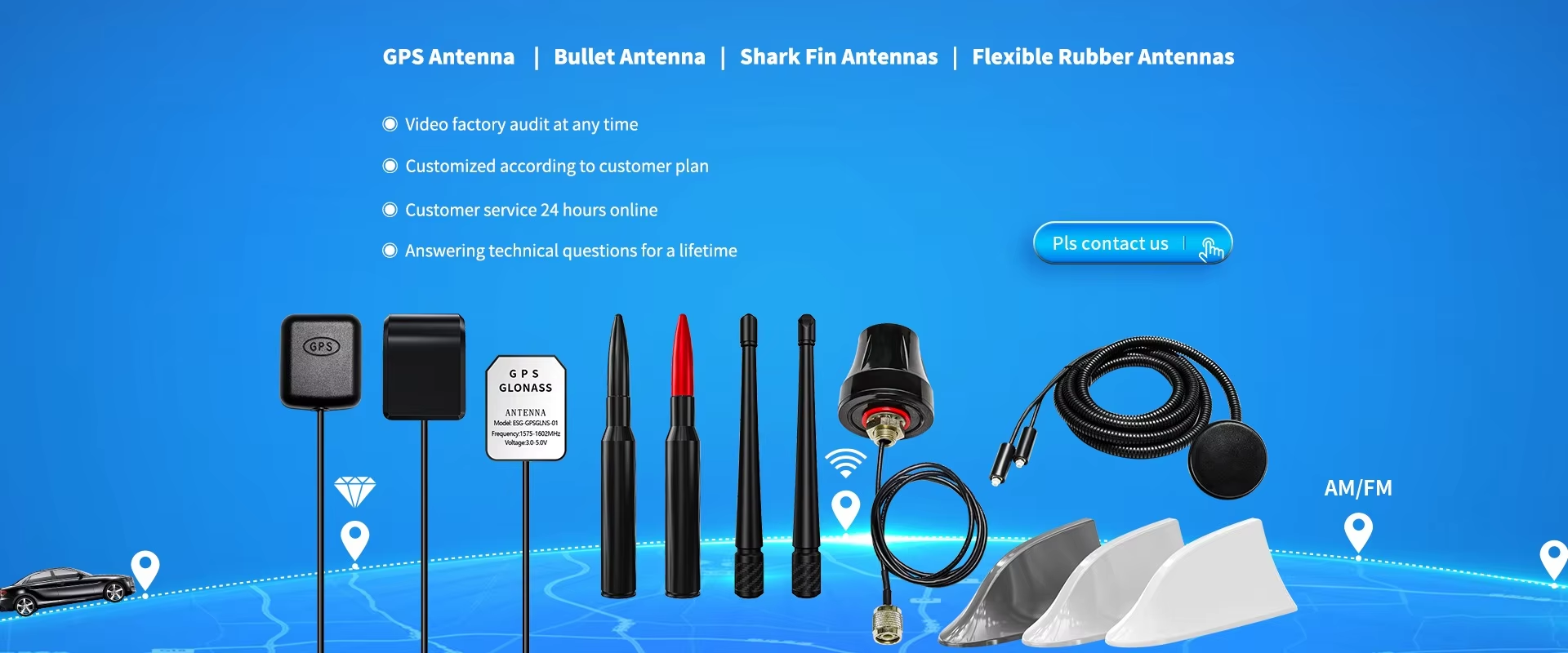
This circuit uses dual LEDs. Q1 is turned off when power is applied to the probe through the power cord and the input is connected to a lower level or ground. This causes Q2 to conduct because the base is equivalent to the emitter being positive. With Q1 turned off and Q2 turned on, the green LED of the dual LED will be forward biased, producing a green output. Touch the top of the probe to a high level, which will cause Q1 and Q2 to be complementary.
Car Antenna
Car Antenna, an integral part of modern automotive design, serves as a vital link between the vehicle and the outside world. It is responsible for capturing and transmitting radio frequency signals, enabling drivers and passengers to enjoy a seamless experience in communication and entertainment. This comprehensive introduction to car antennas explores their key features, such as durability, versatility, and compatibility with different systems, as well as the various types available, including AM/FM antennas, satellite radio antennas, GPS antennas, and cellular phone antennas. Furthermore, we examine the diverse applications of car antennas, from basic radio reception to advanced telematics systems, and discuss their significance in the automotive industry, where they have become increasingly important for safety, convenience, and connectivity.
1. Key Features of Car Antennas
- Signal Reception: Car antennas are designed to effectively receive radio frequency (RF) signals from various sources, including AM/FM radio stations, satellite navigation systems, and even cellular networks for in-car connectivity.
- Durability: Given their exposure to varying weather conditions and road vibrations, car antennas are constructed with durable materials to ensure reliable performance over time.
- Aesthetics: Modern car antennas are not only functional but also contribute to the overall aesthetic appeal of the vehicle, often blending seamlessly into the vehicle's design.
2. Types of Car Antennas
- Standard AM/FM Antennas: These are the most common type, typically mounted on the roof or trunk of the car and optimized for receiving AM and FM radio signals.
- Satellite Antennas: For vehicles equipped with satellite radio or navigation systems, dedicated satellite antennas are installed to capture signals from orbiting satellites, providing a wider range of programming options and accurate navigation.
- Multifunction Antennas: As technology advances, multifunction antennas that integrate multiple functionalities, such as AM/FM radio, satellite navigation, and even wireless charging, are becoming increasingly popular.
- Smart Antennas: Advanced smart antennas utilize beamforming and other advanced technologies to dynamically adjust their reception patterns, optimizing signal quality and reducing interference.
3. Applications of Car Antennas
- Radio Entertainment: The primary application of car antennas is to enable drivers and passengers to enjoy a wide variety of radio programming, including music, news, sports, and talk shows.
- Navigation and Communication: Satellite-based antennas facilitate accurate navigation and communication with emergency services, ensuring drivers stay informed and connected even in remote areas.
- Vehicle-to-Everything (V2X) Communication: In the future, car antennas may play a critical role in V2X communication systems, enabling vehicles to communicate with other vehicles, infrastructure, and pedestrians, enhancing road safety and traffic efficiency.
Car Antenna,car radio Fm/AM antenna,car satellite tv antenna,High gain car radio antenna
Yetnorson Antenna Co., Ltd. , https://www.yetnorson.com

